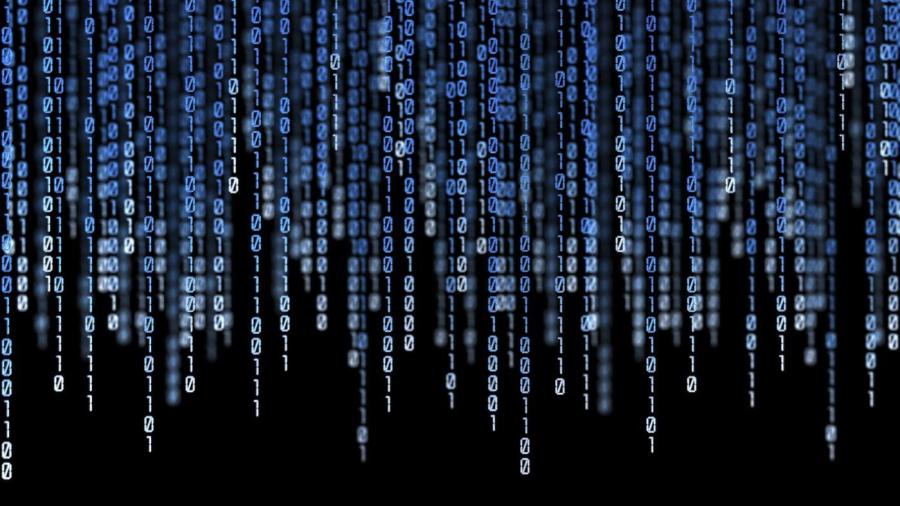How Are Matrices Used in Real Life?

In everyday applications, matrices are used to represent real-world data, such as the traits and habits of a certain population. They are used in geology to measure seismic waves. Matrices are rectangular arrangements of expressions, numbers and symbols that are arranged in columns and rows. Matrices have “m” number of rows and “n” number of columns, and numbers in a matrix are called entities or entries.
Matrices are common tools used by the science and research industry to track, record and display the results of research. In addition to applied science, matrices are also used in the basic sciences. For example, physicists use matrices to study optics, electrical circuits and quantum mechanics. The discipline of physics also uses matrices to calculate battery power outputs and resistor conversion of electrical energy into a more efficient form. Matrices are used to solve problems involving Kirchoff’s laws of voltage and current. Computer science also relies heavily on matrices. Tasks such as projecting a three-dimensional image onto a two-dimensional screen and encrypting message codes are two areas in which matrices are used. Matrices and their inverses are necessary for programmers to code encrypted messages, and these codes are used to run Internet programs, such as search systems.





